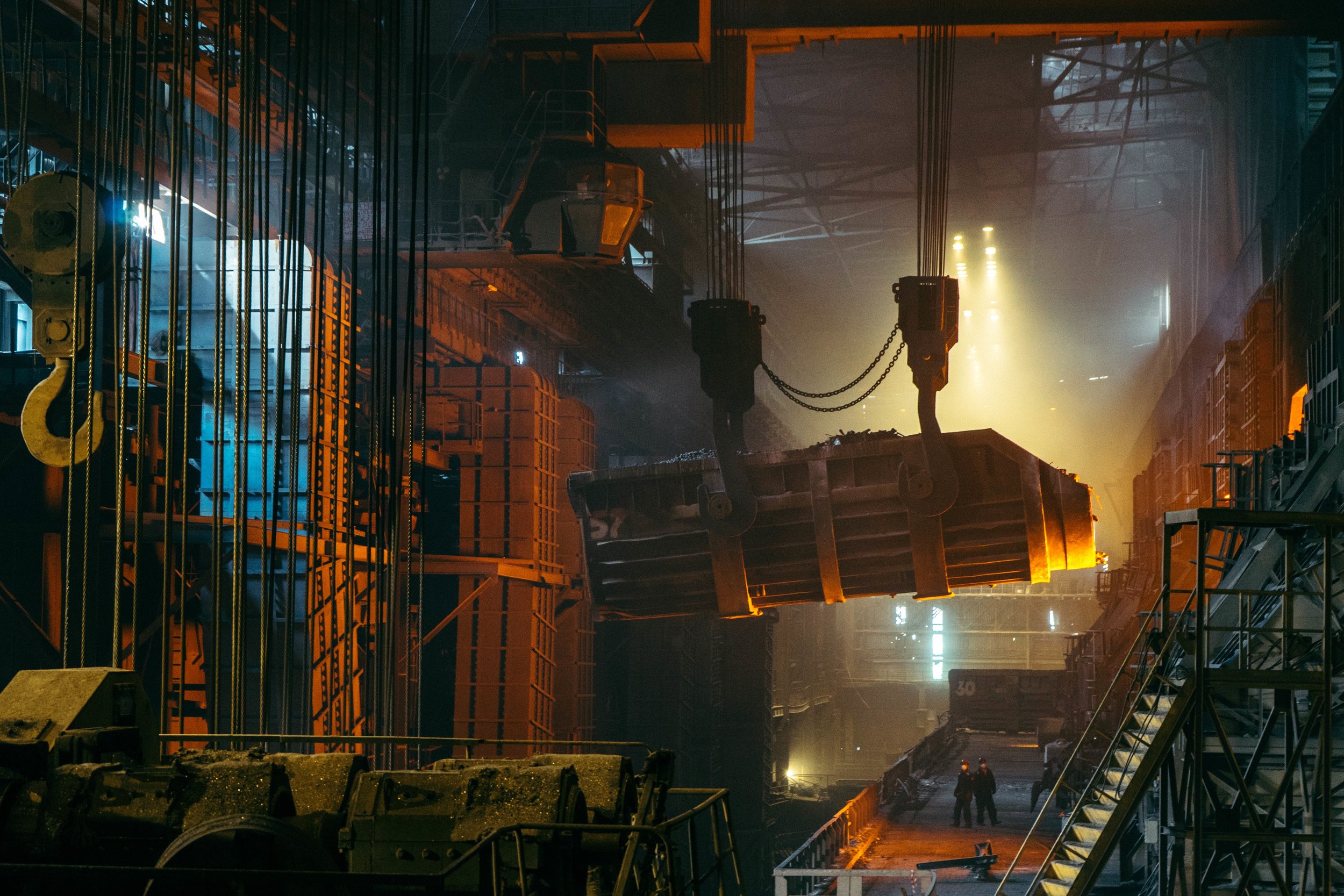Green Deal oriented research in Steel Industry
Climate change is a big concern in scientific and societal groups since the end of 20th century (IPCC panel was established in 1988); with strong implications on in energy production, transportation, lad use or industry. The enormous transformation needed are intergenerational, and, consequently, cannot be addressed in a short time; they are coming in different impact waves.
A very important impact wave for European industry came in parallel with CAPRI project and with the Covid-19 pandemic: The European Green Deal (europa.eu). This deal went further than previous European compromises, and showed the strong ambition of the EU to become climate neutral in 2050.
In that commitment, Industry was in the focus from the beginning, starting from the European Industrial Strategy. And this was an important step, as many there are many specific different industrial processes and some of them are difficult to decarbonize.
Steel industry is a great example of that. Steel production has improved the energy and emissions efficiency in an estimated 50% since the fifties or sixties of the last century. The process improvements were led by the strong competency and economical savings, and brought with them an important environmental footprint reduction. In spite of those improvements, the production volume and high temperatures of steel production require a great amount of energy, and generate a lot of greenhouse gas emissions. Along with Cement, they are the two greater industrial emitters.
Thus, Steel industry is important for European Green Deal and the other way around: decarbonization became the main topic for steel industry. Because decarbonization of steel is not easy; it requires first of all intensive research. For this reason, the rich steel research community was driven to prioritize the decarbonisation objectives over others as quality improvement or process optimization. The clearest example is the Clean Steel Partnership (CSP), started in 2021, which changed completely the meaning of “clean” for European steel community. Before that, “clean” was identified with metallurgy and internal product quality; after that, changed to “clean” meaning greenhouse emission reduction.
So, producing clean steel in the new sense poses important challenges with clear research needs. A very rough simplification could classify them in two main areas:
- Primary steel production: going from raw material to liquid steel is the most CO2 producing process.
- Heating of semiproducts or vessels in different stages.
The primary steel production can be done in two main processes either by steel ore reduction by Blast Furnace (BF) and later deoxidation in a converter, or Electric Arc Furnace (EAF) melting of scrap. BF is an intrinsically CO2 producing process, its emissions being 10 times higher than in EAF. In fact, EAF could be a good example of electrification. Consequently, changing from BF to EAF production would be a great and quite straightforward solution. The problem is that EAF works mostly with scrap as raw material and getting enough scrap for all the new furnaces seems unrealistic. A possible solution is outlined; it would be to reduce the iron ore with Green Hydrogen, but, for this volume, it is a new industrial production path. In EU, EAF outputs 40% of the liquid steel: a big effort will be needed; in the rest of the world is will be worse, as the EAF production is around 29%.
Natural Gas usage is the second main topic. This fossil fuel is used in several process to heat steel semiproducts of vessels like ladles or tundishes. Different alternatives are under study, like induction heating, resistive heating, plasma, Hydrogen burning, biogas, or a combination of some of them.
It is a time to rethink in known technologies, or look for new ones; because becoming carbon neutral will be a great transformation for this mature industry. At the same time it is a time to check the steel products, many of them will become obsolete in a carbon neutral world, and new ones may be important in this transformation.

